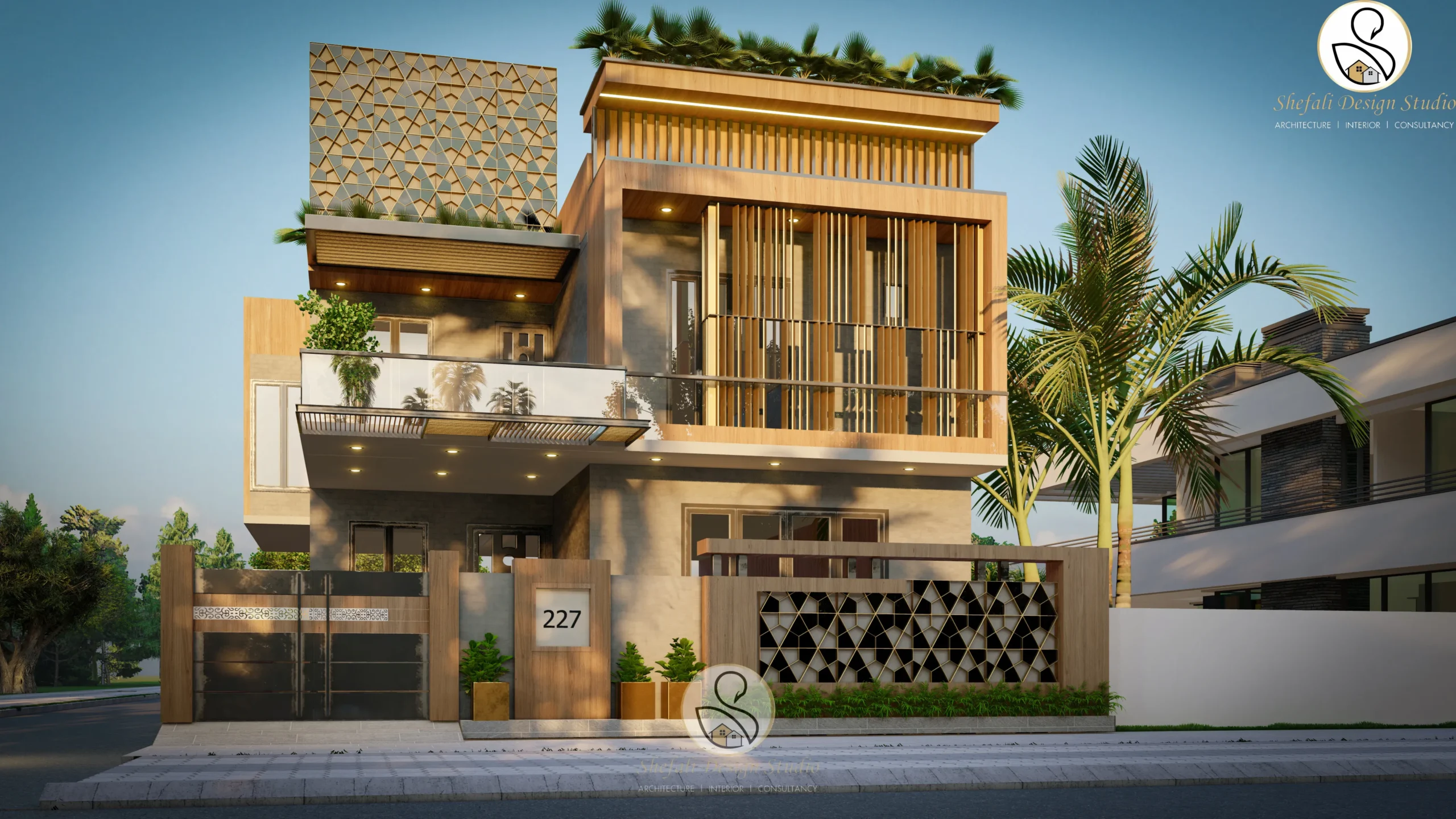Interior design is a multifaceted discipline that combines art, science, and functionality to transform ordinary spaces into extraordinary environments. It is a profession that goes beyond mere decoration; it is about creating spaces that reflect the personality, needs, and aspirations of those who inhabit them. Interior designers are the visionaries and problem solvers who orchestrate the harmony of aesthetics, functionality, and practicality within the built environment.
The Role of an Interior Designer:
At its core, interior design is about enhancing the quality of life through the thoughtful manipulation of space and the skillful arrangement of elements within it. Interior designers are trained professionals who possess a deep understanding of architecture, spatial planning, color theory, materials, and human psychology. They are responsible for conceptualizing, planning, and executing designs that not only look visually appealing but also cater to the specific needs of their clients.
Spatial Planning:
One of the fundamental aspects of interior design is spatial planning. Interior designers have the expertise to analyze and optimize the use of space in a way that is both efficient and aesthetically pleasing. They consider factors such as traffic flow, functionality, and accessibility when designing spaces. Whether it’s a home, office, or commercial establishment, the arrangement of furniture and the layout of rooms are meticulously planned to create a harmonious and functional environment.
Aesthetics and Style:
Interior designers are known for their keen sense of aesthetics. They have a deep understanding of color theory, texture, patterns, and design principles. They work closely with clients to understand their preferences and vision, translating them into a cohesive design that reflects the client’s unique style. Whether it’s a modern, minimalist look or a classic, timeless design, interior designers have the creativity and expertise to bring these visions to life.
Materials and Finishes:
Selecting the right materials and finishes is a crucial aspect of interior design. Designers consider factors such as durability, sustainability, and cost-effectiveness when choosing materials for various elements within a space, including flooring, countertops, cabinetry, and wall coverings. Their knowledge of materials extends to understanding their maintenance requirements and how they interact with other elements in the design.
Color Psychology:
Colors have a profound impact on our emotions and behaviors. Interior designers leverage their knowledge of color psychology to create atmospheres that evoke specific feelings or moods. For example, warm colors like red and orange can create a sense of energy and warmth, while cool colors like blue and green can promote relaxation and calmness. The careful selection and use of colors can greatly influence the overall ambiance of a space.
Furniture and Furnishings:
The selection of furniture and furnishings is another critical aspect of interior design. Interior designers have access to a vast network of suppliers and artisans, allowing them to source unique and customized pieces that fit seamlessly into the design concept. They pay close attention to the scale, proportion, and placement of furniture to ensure that it complements the overall design and provides comfort and functionality.
Lighting:
Lighting plays a pivotal role in interior design. Interior designers consider both natural and artificial lighting sources to create the desired atmosphere within a space. They use lighting fixtures, placement, and control systems to enhance aesthetics, highlight focal points, and improve the functionality of a room. Proper lighting design can transform a space from ordinary to extraordinary.
Interior design is a profession that combines creativity and technical expertise to craft environments that enhance the quality of life for individuals and communities. Interior designers are not just decorators; they are architects of experiences, shaping the way we interact with and perceive the spaces around us. Their ability to balance aesthetics, functionality, and practicality makes them essential contributors to the design and functionality of homes, offices, retail spaces, and more. As the demand for well-designed and purposeful spaces continues to grow, interior designers will remain at the forefront of shaping the built environment, creating spaces that inspire, comfort, and captivate.

